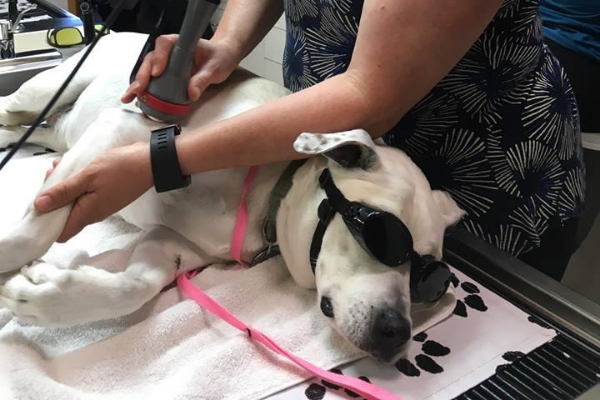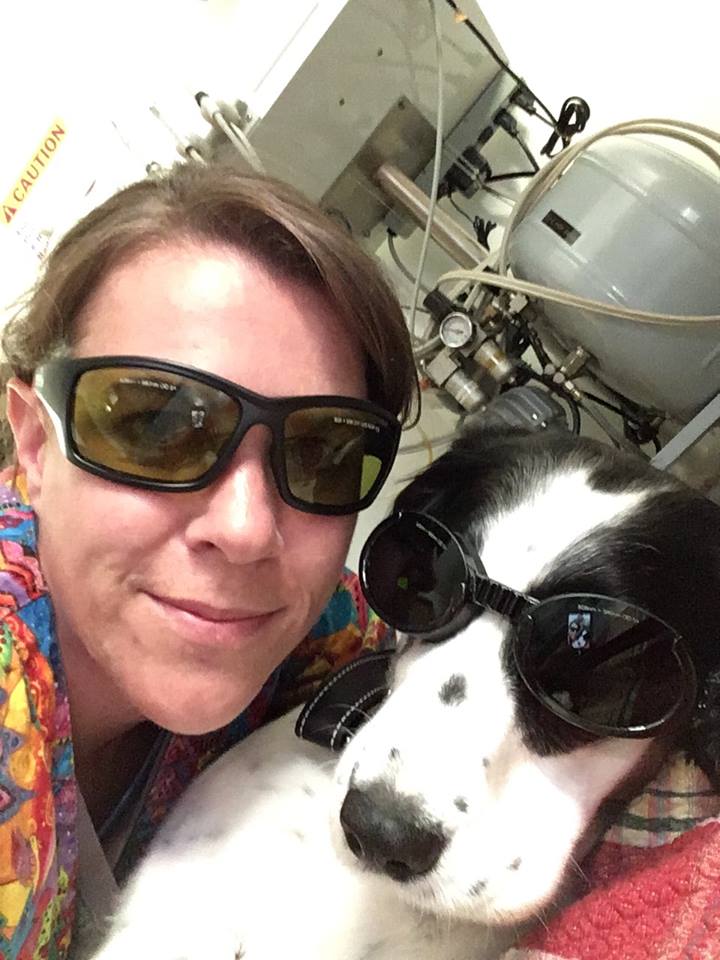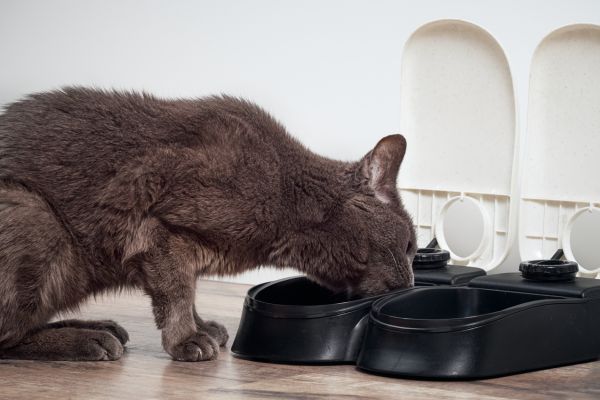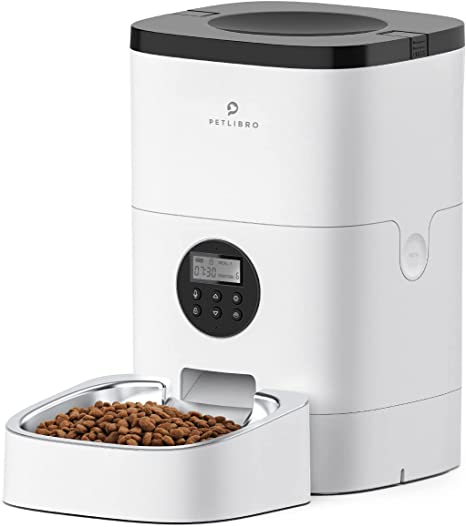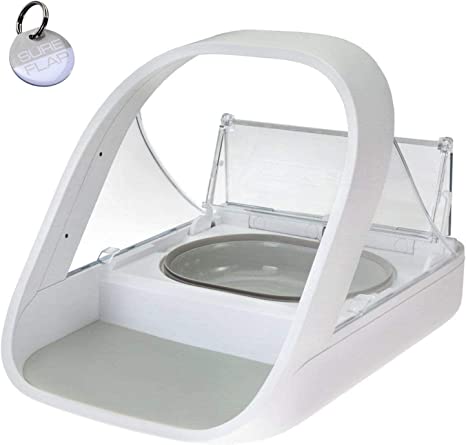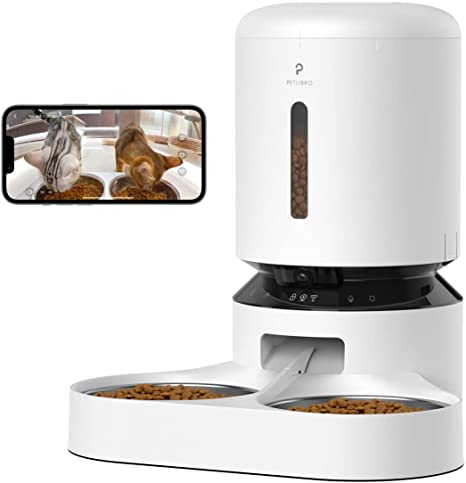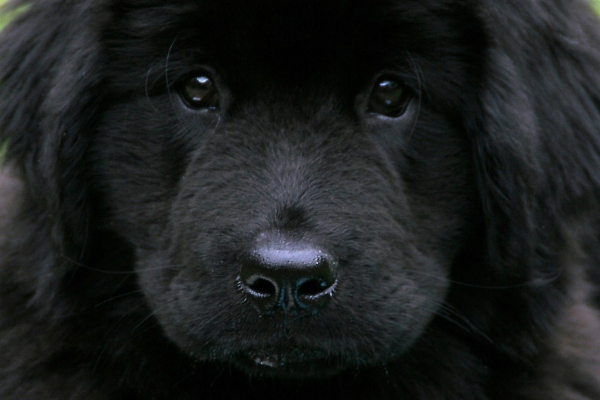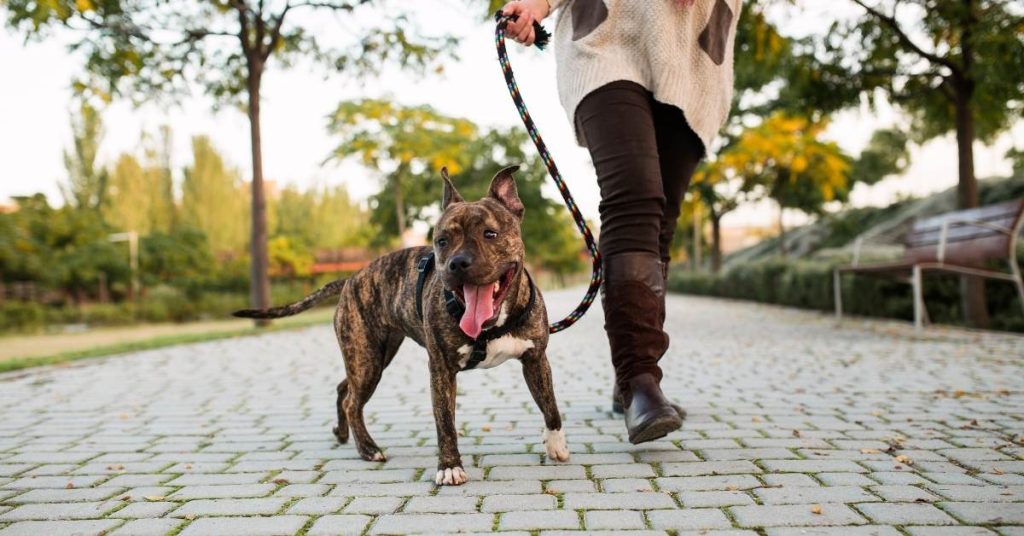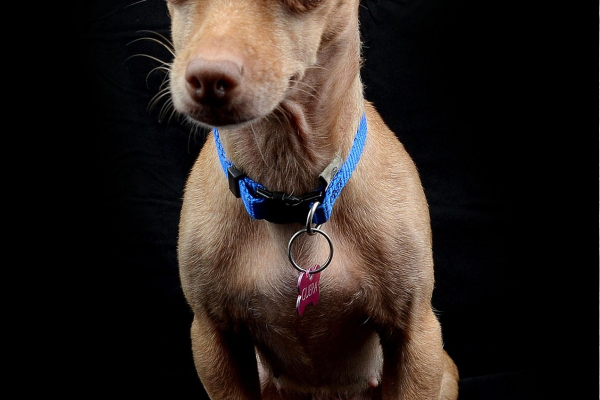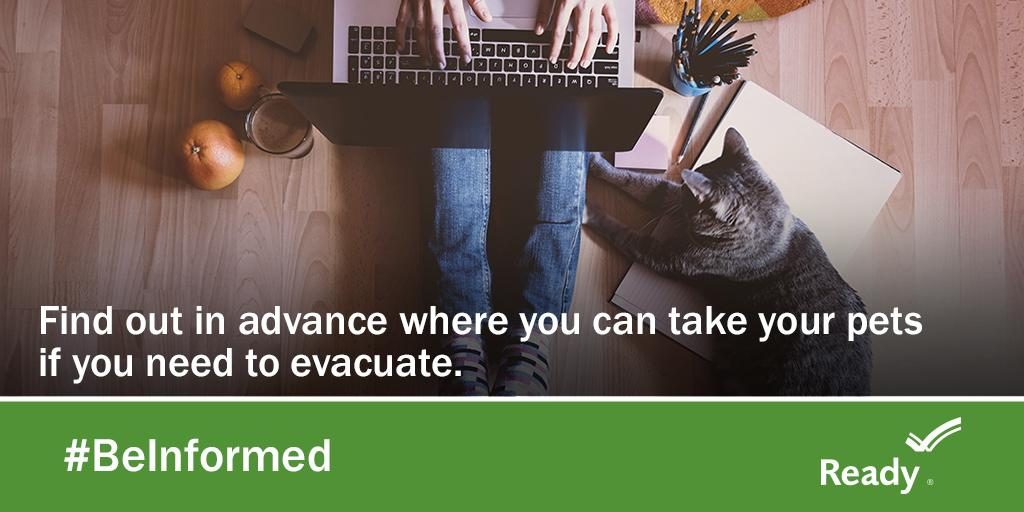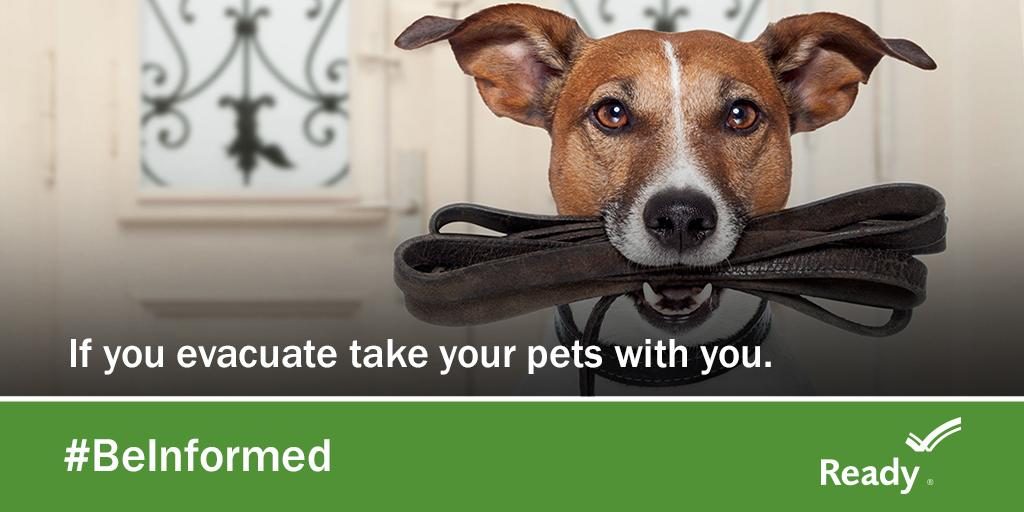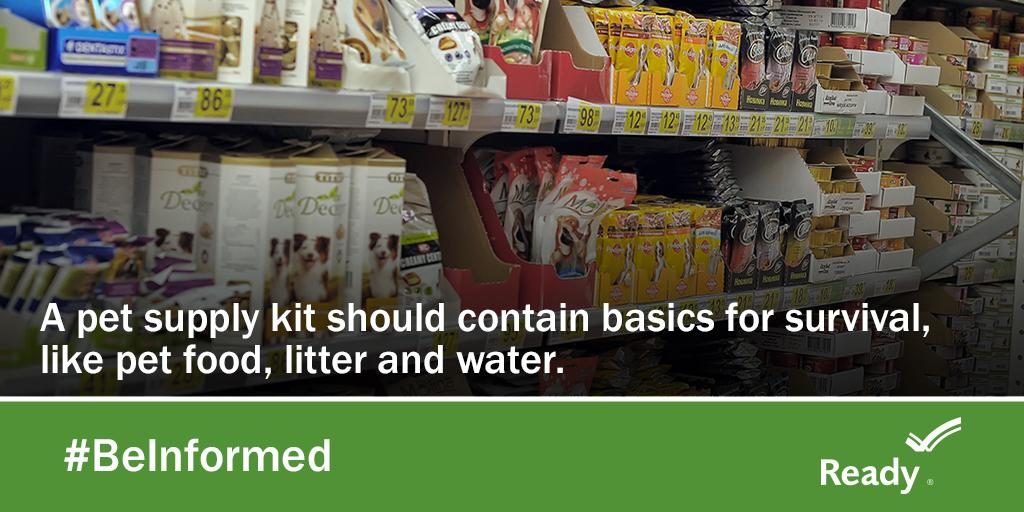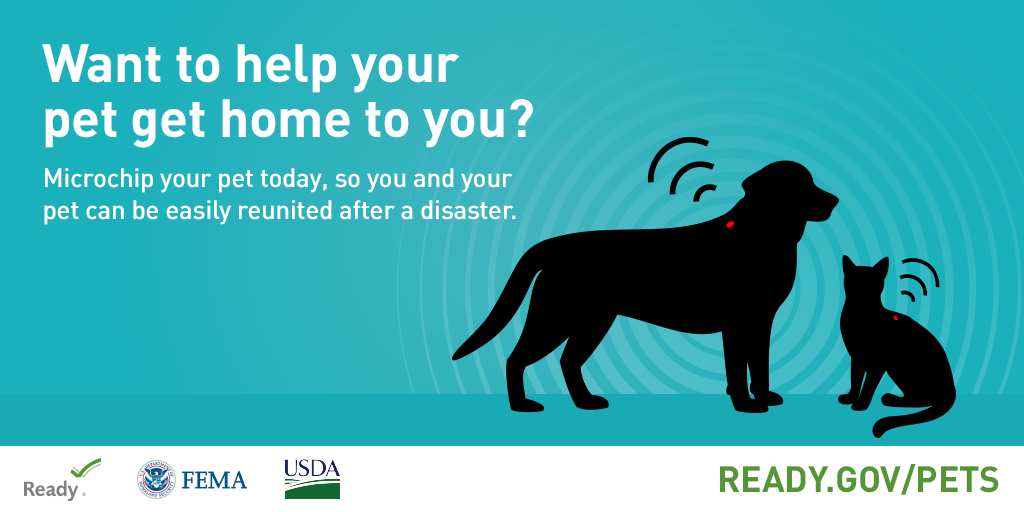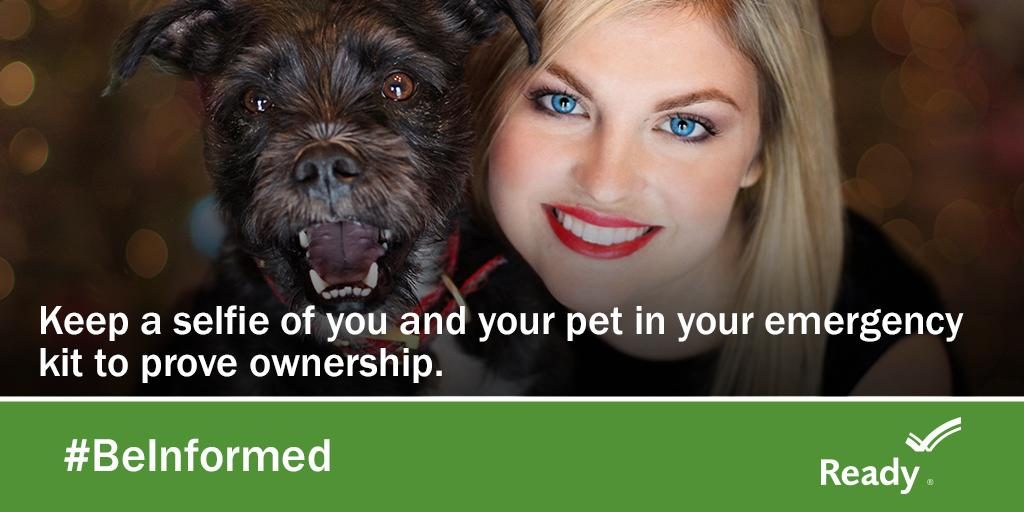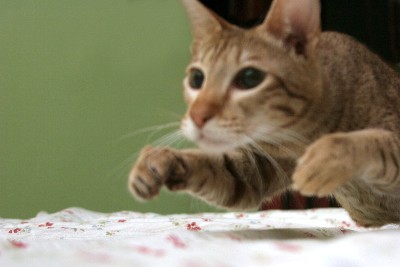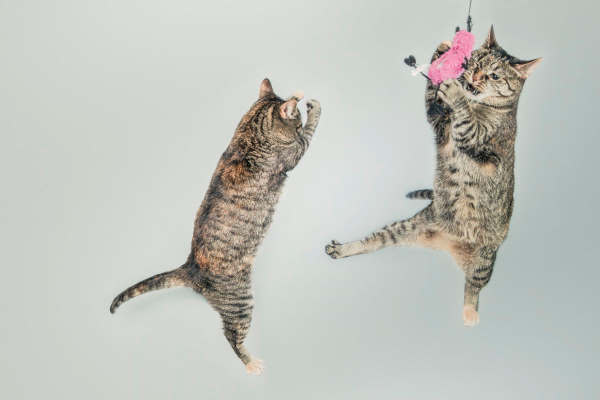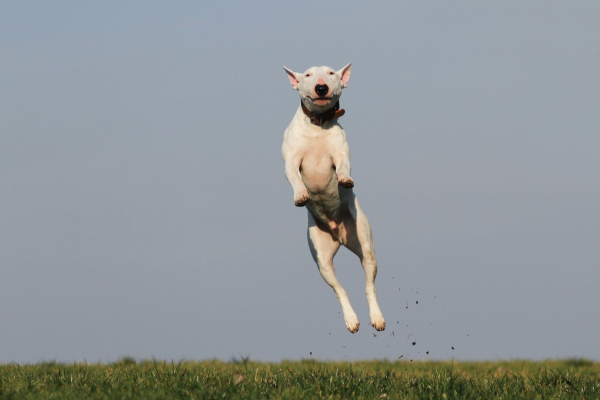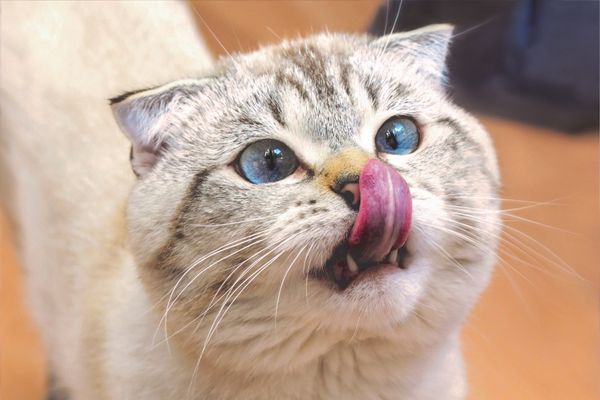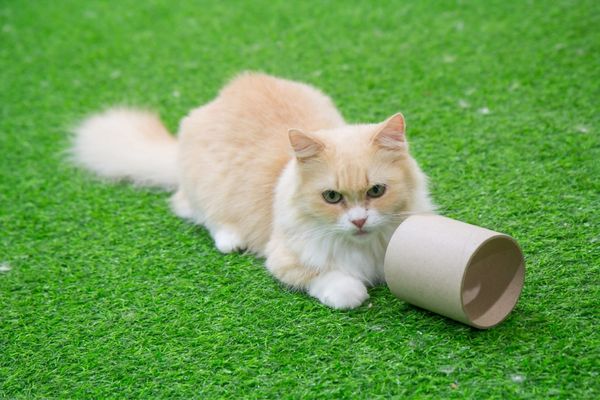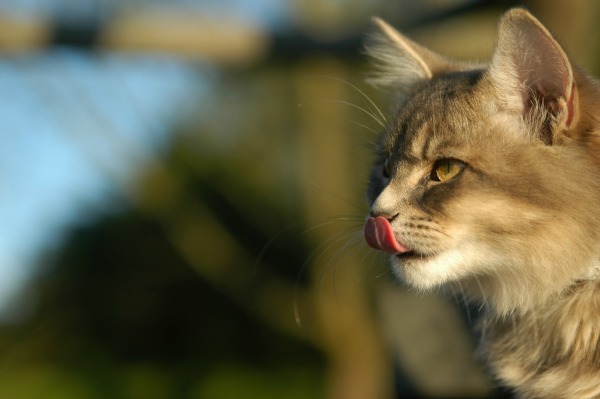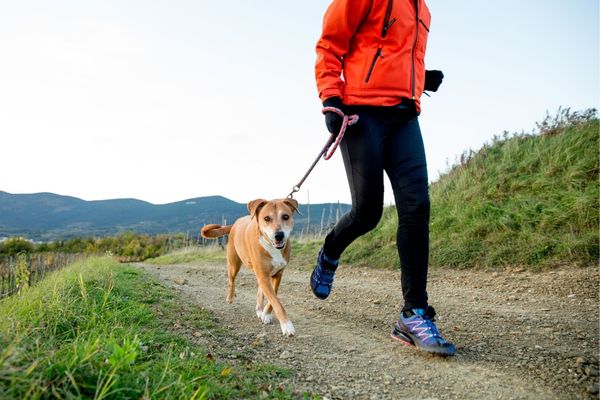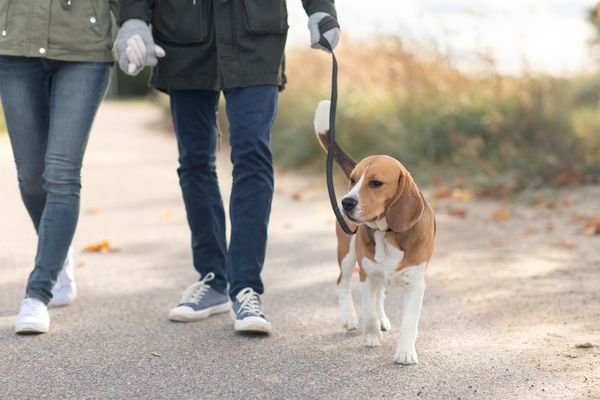
Dental disease is a serious problem for both dogs and cats. Unfortunately, it’s an issue that pet parents often overlook.
Left untreated, dental disease can cause pain and discomfort, and can even lead to more serious health problems.
In this article, we’ll look at:
- Why dogs and cats get dental disease
- Why smooshy-faced breeds are more prone to tartar buildup
- Five signs of periodontal disease in your pet
- Seven tips to keep your pet’s teeth healthy
- Why we perform full-mouth dental X-rays during oral health exams
- How our Wellness Plans make routine dental healthcare affordable
Why Dogs and Cats Get Dental Disease
Domesticated cats and dogs live longer than their wild counterparts. And, unlike wild carnivores, pets don’t fully utilize their teeth – pets get their food delivered in a small kibble, served in a bowl.
This lack of using their teeth, along with evolutionary changes in the shape of dogs’ skulls, results in plaque build-up.
Dental disease in is caused by a buildup of plaque and tartar on the teeth.
Plaque is a sticky, colorless film of bacteria that forms on teeth. Because pets often don’t get their teeth brushed daily to remove plaque, it hardens over time and becomes tartar, which can cause inflammation and infection of the gums (gum disease).

Gum disease can then morph into periodontal disease, which causes pain and discomfort and can lead to more serious health problems.
Smooshy-faced Breeds are More Prone to Tartar Buildup
Smooshy-faced breeds of dogs and cats, technically called brachyocephalics, are particularly prone to tartar buildup.
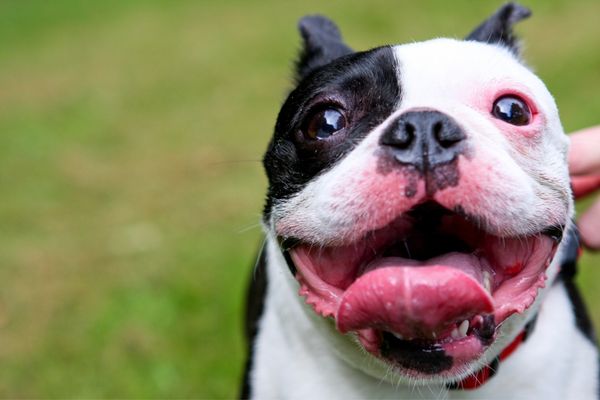
Frenchies, Pugs, Bostons, Boxers, English Bulldogs, Shih Tzus, Lhasa Apsos, Chihuahua, Chow Chow, Bull Mastiffs, Pekingese, Persians, Exotic Shorthairs, Himalayans, British Shorthairs, Scottish Folds, and the like have been bred to have shorter faces.
But the teeth of these small breeds are proportionately larger than those of larger dogs and cats.
For example, if you compare a Pug’s teeth to a Golden Retriever’s, you will notice that the Pug’s teeth are about a quarter of the size of the Golden’s, while the Pug’s body is only about one-tenth the size.
Although their jaws are shorter, the teeth of smooshy-faced breeds are still typical size, resulting in dental crowding. Instead of their teeth lining up in a straight arcade, their molars and premolars are rotated and stacked like dominoes behind one another, creating valleys where food can lodge.

Unless the food is removed within 24 hours, that food becomes plaque, which, in turn, becomes tartar. Severe tartar buildup quickly leads to loss of bone and to gum tissue, then tooth loss and pain.
If you own a smooshy-faced breed, be aware that your pet will require additional dental care than their longer-faced cousins.
5 Signs of Periodontal Disease in Your Dog or Cat
Periodontal disease can be difficult to detect, as it often does not have any obvious signs. However, there are a few telltale signs that can help you identify if your pet may be suffering from periodontal disease.
- Bad breath.
- Discolored yellow or brown teeth.
- Swollen or bleeding gums, or redness or swelling around your pet’s mouth is a sign that inflammation and infection have occurred.
- Pawing or rubbing at the mouth may indicate that your pet is in pain.
- Difficulty chewing or loss of appetite may also indicate that your pet is in pain.
7 Tips for Keeping Your Pet’s Teeth Healthy

1. Brush your pet’s teeth regularly. Regular brushing with a pet-safe toothpaste will help remove plaque and tartar before it can build up and cause periodontal disease.
This article on our blog includes 7 steps to help your dog get used to having his teeth brushed.
2. Feed your pet dry food as much as possible. This helps to scrape off plaque and tartar as your pet chews.
3. Feed your pet a dental diet. Dental diets are specially formulated to help reduce plaque and tartar buildup.
4. Give your pet dental treats. Dental treats are specifically designed to help reduce plaque and tartar buildup.
5. Give your pet chew toys. Chew toys help to reduce plaque buildup and clean your pet’s teeth. This article on our blog explains how to choose appropriate chew toys for your dog.
6. Once a month, thoroughly check inside your pet’s mouth to see whether you notice any unusual changes.
7. Schedule regular dental checkups and routine dental X-rays. A yearly oral health exam will help your veterinarian catch dental issues early, which will hopefully prevent them from becoming serious.
In addition, schedule a professional dental cleaning every 1-3 years, depending on your veterinarian’s recommendation.
During the annual dental exam, we will check for signs of periodontal disease and recommend treatments if necessary. We will examine the exterior of the tooth crowns, but we can’t see the tooth roots, dental ligaments, or jaw bone. That’s because more than half of each tooth resides under the gumline, where the human eye can’t see.
Full-mouth dental X-rays are an important part of your pet’s dental care and are a service we perform with every anesthetic dental procedure.
While it may be tempting, due to cost, to skip dental X-rays, we consider them a necessary step in evaluating your pet’s dental health and developing a dental treatment plan.
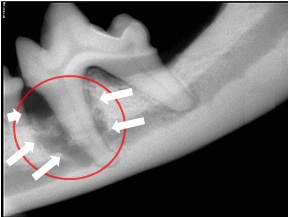 Dental X-rays, also known as radiographs, can detect oral health problems at their earliest stages, such as gum disease, bone loss, oral infections, and some types of tumors. After examining your pet’s mouth under anesthesia and reviewing the X-rays, we can accurately diagnose and treat dental problems.
Dental X-rays, also known as radiographs, can detect oral health problems at their earliest stages, such as gum disease, bone loss, oral infections, and some types of tumors. After examining your pet’s mouth under anesthesia and reviewing the X-rays, we can accurately diagnose and treat dental problems.
Because dental X-ray machines are designed to minimize radiation, these processes are safe and your pet’s exposure is negligible. In fact, we use the very latest digital X-rays, which further reduce radiation exposure and significantly improve the quality of the picture for the veterinarian to review.
Wellness Plans Make Routine Dental Healthcare Affordable
Atlantic Veterinary Hospital’s Wellness Plans are a program we designed to save you money on important preventive healthcare services for your furry family members.
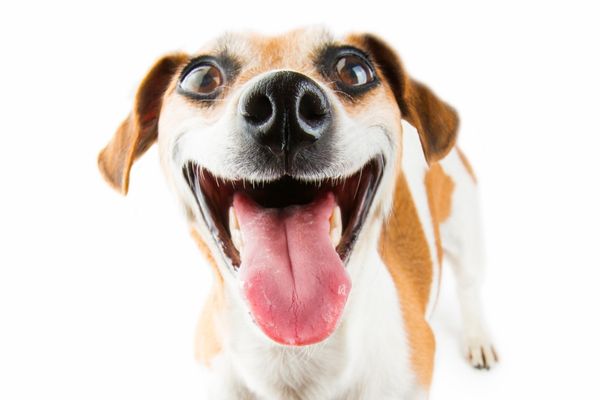
Each Wellness Plan provides all essential preventive healthcare services we recommend for one year, plus discounts on any additional care your pet may need. Some of our plans include additional services like a professional dental cleaning and full-mouth digital dental radiographs.
Wellness Plan costs have some built-in discounts and spread the cost of care over 12 months with zero interest, allowing you to budget for your pet’s care. If you’d like to learn more about our affordable wellness plans, give us a call at 206-323-4433.
